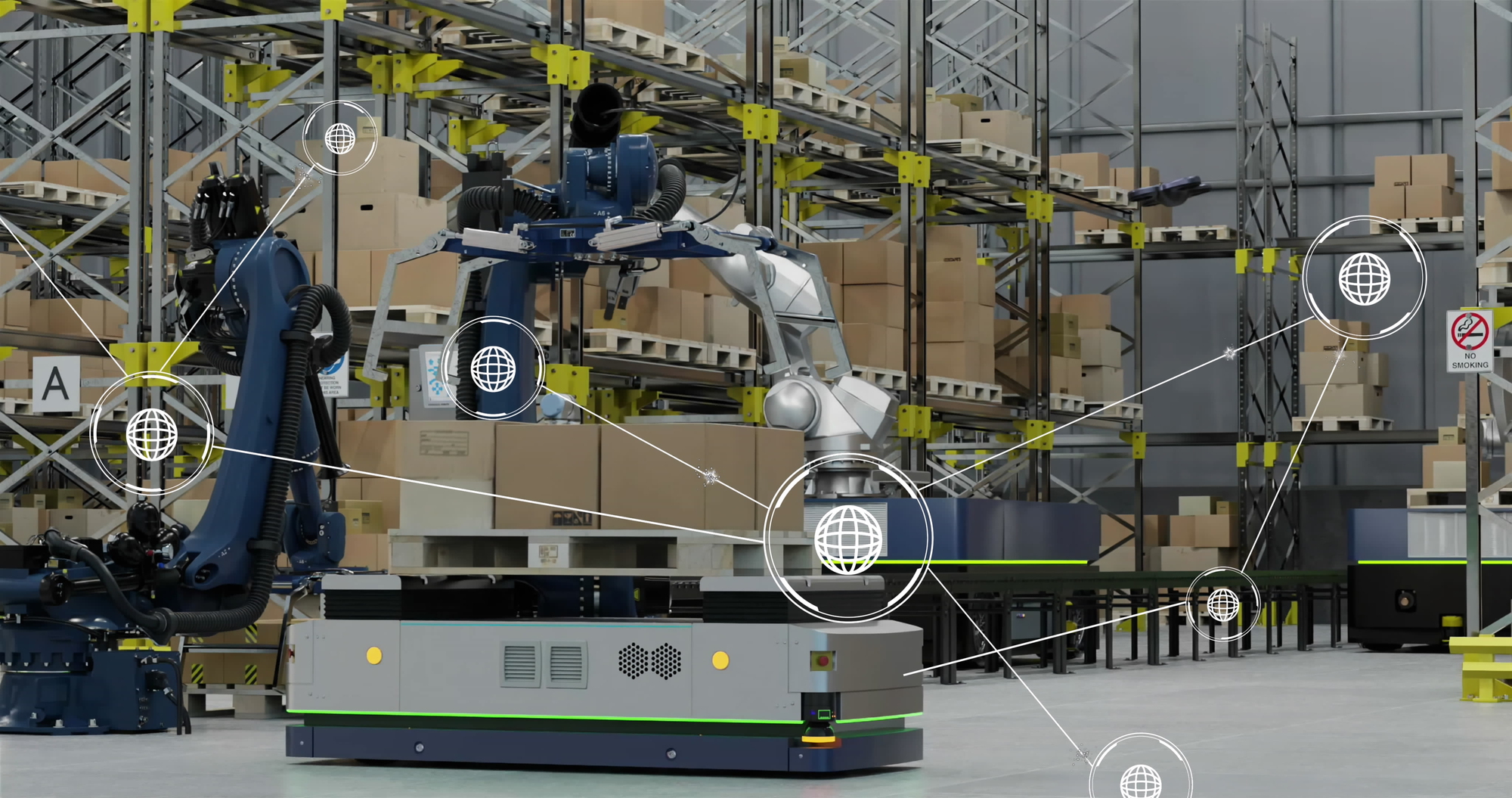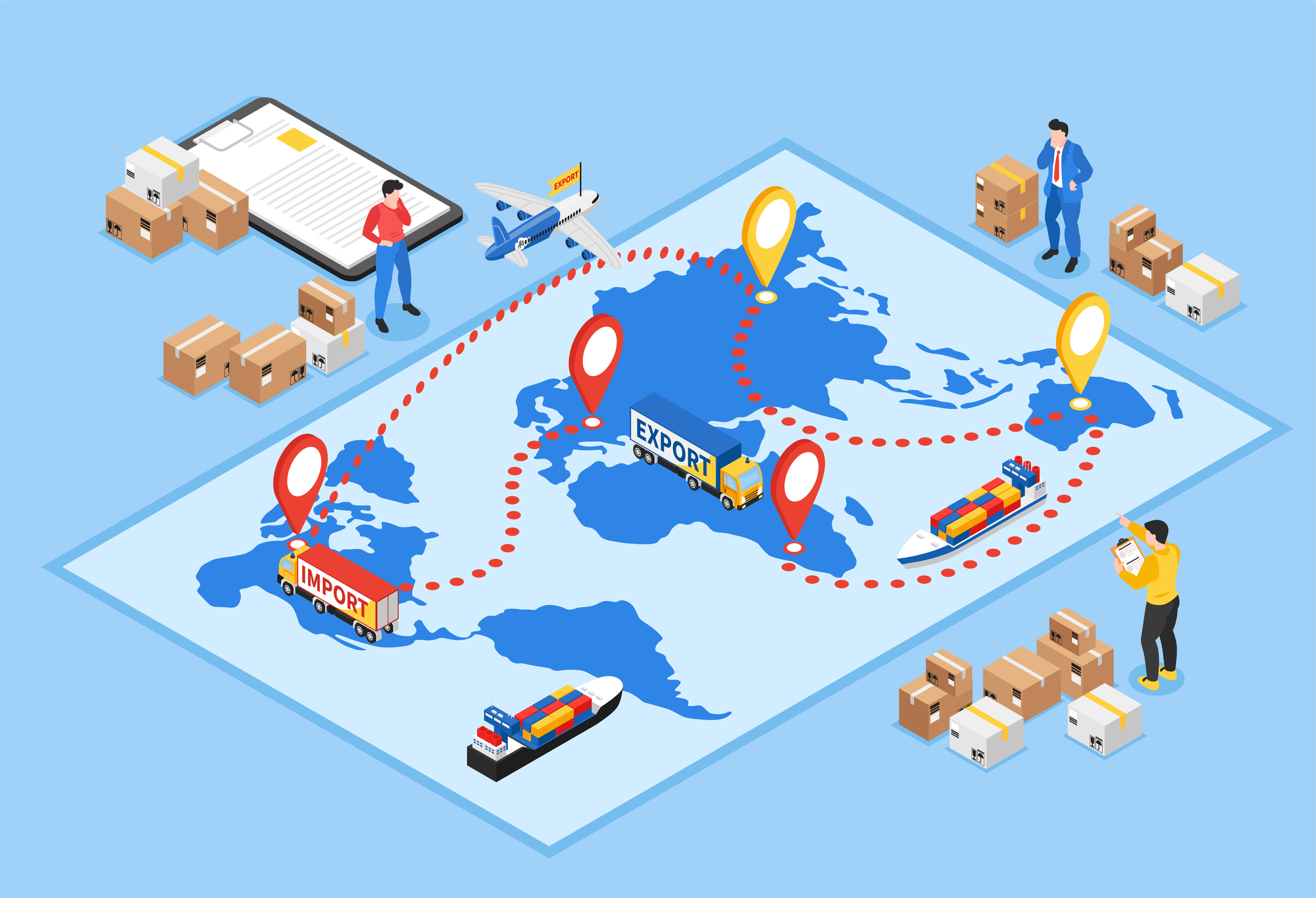In the ever-evolving world of facility management and supply chain management, seamless integration is crucial for success. System integration methods like Electronic Document Interchange (EDI) and Application Programming Interfaces (API) play a vital role in connecting these domains, streamlining operations, and driving efficiency. Facilities are becoming smarter and more connected, allowing for the integration of various systems and technologies to better monitor and manage building systems. Meanwhile, supply chain management is undergoing a digital transformation, enabling businesses to manage their supply chains more efficiently and effectively through the use of advanced analytics and automation.
At the convergence of supply chain management and enterprise asset management (EAM), lies a supply chain integration process that ties MRO procurement strategies to the production reliability goals of the maintenance team. By effectively managing their MRO, organizations can improve the reliability and accuracy of facility assets and production lines. SDI’s optimized MRO supply chain integration strategies can lead to a 5-8% uptime improvement and a 25% improvement in maintenance tech wrench time.
Drivers for Digitization
The primary drivers for digitization in facility management and supply chain management are the need for efficiency, cost reduction, and improved customer service. Digitization in facility management enhances efficiency and reduces costs by automating processes and integrating systems. In supply chain management, digitization provides better visibility and responsiveness, leading to improved customer service and reduced risk of disruptions.
System integration offers several benefits to both facility management and supply chain management domains, including:
- Improved efficiency: Integrating systems reduces the time and resources required for managing facilities and supply chains by eliminating manual processes.
- Increased visibility: A unified view of facilities and supply chains enables informed decision-making.
- Enhanced customer service: Integrated systems allow companies to respond quickly to customer needs and minimize disruptions in the supply chain.
- Cost reduction: Streamlined operations help companies eliminate duplication and improve overall efficiency.
Another primary benefit of system integration is the ability to streamline workflows and eliminate data silos. By integrating various systems and technologies, facility managers and supply chain managers can work together to achieve better visibility and control over their operations. For example, integrating building automation systems with supply chain management systems can enable facility managers to adjust temperature settings and lighting based on inventory levels and demand.
System Integration Options
When it comes to system integration methods, there are various options available, each with its own pros and cons. EDI, for instance, is an older technology that is still widely used in supply chain management for exchanging documents such as invoices, purchase orders, and shipment notifications. EDI works efficiently and quickly to transfer information between parties but can be challenging to set up and requires careful coordination between different parties.
APIs, on the other hand, allow for the integration of various systems for the purpose of editing and sharing data in a near real time fashion. Implementing APIs for key transactions allows for the sharing of information in real-time for critical components like inventory availability and delivery status of material. The reusability also enables a single API to be redeployed for similar use cases without having to recode or even reconfigure. API integration can be less costly than EDI and does not require ongoing maintenance or translation services.
The choice between EDI and API depends on the needs and preferences of the organization. EDI is an excellent choice for businesses that have a long history with the technology and want to continue using it, while API is ideal for organizations that want to automate their workflows and take advantage of real-time information. However, combining both methods into a single system can provide even stronger data exchange capabilities. By streamlining workflows and eliminating data silos, businesses can achieve better visibility and control over their operations.
Implementing Digital Supply Chain Integration Strategies
SDI’s digital supply chain integration strategies leverage CMMS platforms to provide consistency in planning and increased uptime in production. SDI’s Digital Supply Chain Management System, ZEUS, can integrate through APIs, or through a multitude of technologies ranging from cXML to EDI to Flat Files. This means that even organizations without the resources to upgrade their CMMS can benefit from SDI’s systems integration solutions.
SDI’s expertise in API development and interoperability enablement allows for real-time data flow within the supply chain ecosystem. SDI’s team develops these functions and procedures to allow our Supply Chain Management applications to access data and features of clients’ other applications.
By combining the use of APIs with robotic process automation (RPA), SDI can automate status updates and process triggering notifications to mobile technicians in the field, allowing them to plan their maintenance work orders around the delivery schedules of the needed materials. RPA enables users to automate repetitive tasks, such as dispatching loads, that can also help to speed up the process of creating and sending invoices. Real-time data sharing and automated alerting means faster integrations between EAM and CMMS and between Procurement/Spend Management platforms and Enterprise Resource Planning (ERP) systems.
SDI’s supply chain compatibility solutions take advantage of technologies that already have proof of concept to gain visibility and further connect the procurement function to the maintenance function for digital success. Utilizing an API with ZEUS offers an optimized shopping experience for users, easier, more efficient catalog maintenance, and a smoother fulfillment process, with fewer pricing discrepancies, quantity gaps or shortages, and invoicing exceptions.
SDI’s system integration solutions offer plant and facilities maintenance organizations a completely digital and optimized MRO platform without requiring storeroom technology investments while allowing them to better leverage their investment in their Work Order Management platform. With proven experience in helping clients integrate their CMMS and MRO supply chains, SDI’s expertise in API development, supply chain compatibility, and real-time information sharing allows for greater efficiencies, control, and a competitive edge.
Interested in learning more about SDI’s digital supply chain integration strategies and seeing how they could help transform your business? Contact us today to get inside information into our system integration solutions.





